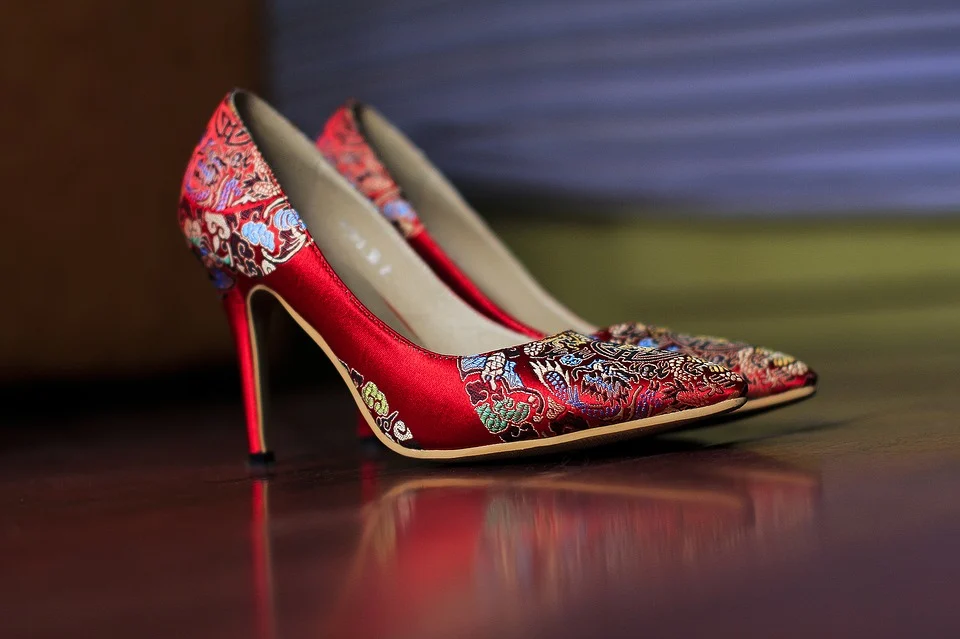People around the world wear tattoos for different reasons. It is often a way of expression that let you wear your love, belief, adoration, respect, passion for travelling, music, food, animals and so much more. While there are different types of tattoos, Japanese is one of the most famous style. That’s why in today’s blog, we will uncover more about Japanese tattoos, their history and even the different types that exist. So, interested in learning more? Read on!
Origin of the Word
The word “tattoo” comes from the word “Tahitian tatu”, which means “to mark something”, but the Japanese have many other names for tattoos. People usually get tattoos to show their pride, hope, willpower, and most often, their sorrow and undying love.
When Did Tattoos Come to Japan?
The Japanese islands, indications have been found that tattooing was practiced as early as the Jōmon period (14,000-300 BC). The only evidence of tattooing are human-shaped clay statuettes called dogu (also known as clay figurines from the Jiomon period), but there is no guarantee that similar markings were made on the living human body. If they were, it is unclear whether they were paintings or tattoos (Gamborg 2012:25).
There is also local documentary evidence from the Tomb period (3rd-7th centuries) that tattooing was practiced on the Japanese islands. This is demonstrated by two sources Nihon Shioki (the oldest chronicles of Japan) and Kojiki (the oldest historical source of Japan), compiled in the 8th century. Earlier sources indicate that tattooing was socially acceptable as a tribal mark, but later sources emphasize that tattooing was a punishment. This created a negative view of tattoos in the tattoo worldview that is followed to this day (McCallum, 2012 cited in Gamborg, 1988, pp. 116-118).
During the thousand years between the Pickups and the Edo period (1603-1868), no written or other sources were found of the existence of tattoos in Japan, so there were doubts about the existence of tattoos at all before the Edo period, however, the existence of the clay figurines tries to deny it.
The first types of tattoos, iredzumi (punishment tattoo) and kishiobori (oath tattoo), appeared in the early Edo period. At the end of this period, the first large-scale illustrated sketches in history began to be made, covering large areas of the body. It seems that this did not start too late, as in other parts of the world, very simple symbolic tattoos or illustrated tattoos covering individual parts of the body that were worn by sailors and officers could be seen at the same time. It was during this time that the traditional tattoos we know today began to be made (Yamamoto, 2012 cited in Gamborg, 2000, pp. 41-44).
As criminals could no longer fit into society because of their permanent tattoos, a new demographic of tattooed people emerged in Japan, the yakuza. The tradition of branding criminals was abolished when the Meiji period began in 1868. (lasted until 1912), and tattooing was absolutely prohibited until 1948.
Different Types of Japanese Tattoo
Tebori
One type of Tebori (“hand carving”) is called hand tattooing. The master who does this is called a horishi (tattoo artist”). This master does not tattoo with a tattoo machine, but with his hand and a special steel or bamboo brush to which a bundle of needles is attached. This tattooing technique is called hanebori (“sculpture with a feather”). During the perforation, the tips of the brush are slightly raised, so that a lot of paint flows into the skin. The main difference between tattooing with a typewriter and by hand is that when tattooing with a haneboritechnique, a different hair opening of the skin is made. This method usually does not cause as much tissue damage as electric tattooing.
Tsukibori
Tsukibori (“stabbing carving”) is a traditional Japanese tattoo based on the principle of “stabbing”. This method was practiced in Osaka, in western Japan. It is a technique similar to hanebori, but differs in the tattooing tool, a long stick with a needle attached, and in the intensity of the color, which is obtained by piercing the needle deep into the middle layer of the skin. This method was particularly popular among sailors arriving in the ports of the western part of Japan. This is what led to the spread of this method in the West.
Iredzumi/Irebokuro/Horiire
Iredzumi (“punishment tattoo”), irebokuro or horiire are traditional Japanese tattoos used to mark criminals who were subjected to bokukei (“punishment by tattoo”). Following the example of China, Japanese authorities began to use tattooing, beating, and banishment from the city as a more dignified alternative to harsher punishments such as cutting off the offender’s nose or ear (Yamamoto, 2012 cited in Gamborg, 2000, pp. 41-44). Punishment by tattooing did not threaten the samurai class. According to the Yoshimune code (Yoshimune), thieves, like murderers, were sentenced to death. People who committed crimes such as rape, fraud and deception were punished with tattooing. This style of tattooing can usually be seen on the bodies of members of the yakuza, a mafia in Japan (Yamada, 2009, p. 321).
Now that you know more about Japanese tattoos, do you feel like getting one/some too? Check out China Zone Tattoo in Melbourne. While specializing in Chinese tattoos, they also provide first-class Japanese tattoos. And, if you want to uncover more on this subject, come back later to read the second part of our article.





